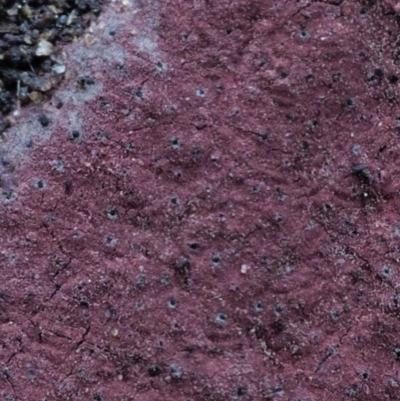Hypoxylon sp.
Hypoxylon sp.
,<p> </p>
<p style="margin: 0cm 0cm 0pt; line-height: normal;">The fruit bodies are more or less hemispherical, generally black and under a millimetre in diameter (frequently about half a millimetre). However, the fruit bodies appear in large groups ('glued' together so as to form what might be taken for a single structure) and such groups are easy to see with the naked eye. Most commonly the glued-together fruit bodies form a flat sheet that looks very much like a miniature cobblestone pavement. Such a composite structure is called a stroma. While the 'cobblestone pavement' stroma is common, within the genus you also find stromata that are discoid, cushion-like or close to spherical. In <em style="mso-bidi-font-style: normal;">Hypoxylon</em> the stroma is usually coloured. Each fruit body has a minute apical beak (or ostiole), in which there is a central channel though which the spores are released.</p>
<p> </p>
<p style="margin: 0cm 0cm 0pt; line-height: normal;"><em style="mso-bidi-font-style: normal;">Annulohypoxylon</em> is very similar to <em style="mso-bidi-font-style: normal;">Hypoxylon</em>. In <em style="mso-bidi-font-style: normal;">Annulohypoxylon</em> the ostiole sits above the general level of the stroma and almost always in the middle of a flattened circular area (as if someone had sliced through the top of a hemisphere and stuck a small pimple on the cut surface). The stromata are often black.</p>
<p> </p>
<p style="margin: 0cm 0cm 0pt; line-height: normal;">The stromata of both genera are found on wood, mostly on dead wood.</p>
<p> </p>
Hypoxylon sp. is listed in the following regions:
Canberra & Southern Tablelands
Species information
- Hypoxylon sp. Scientific name
- Common name
- Not Sensitive
- Local native
- Non-invasive or negligible
- Up to 968m Recorded at altitude
- Machine learning




















